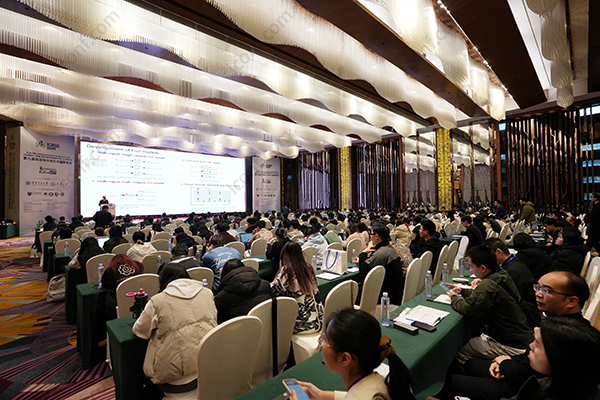

451 views||Release time: Jun 30, 2025
In academic research, a Call for Papers (CFP) is the starting point for sharing your work at conferences. Responding to a CFP can help you gain recognition, publish your findings, and build valuable academic networks.
This guide explains what a CFP is, how to interpret it, and how platforms like iconf.com help researchers find the right opportunities to showcase their work.

A Call for Papers is an official invitation from conference organizers asking researchers to submit original work for presentation and possible publication in the conference proceedings.
A typical CFP includes:
Conference name and theme
Important dates (submission deadlines, notification, final paper deadlines)
Topics or tracks of interest
Paper formatting guidelines
Submission system or portal information
Indexing information (e.g., EI, Scopus, SCI)
A CFP defines:
Scope of research topics accepted
Requirements and standards for submission
Deadlines to plan your work
Indexing status, which affects the academic value of your publication
Responding to a CFP is the official way to propose your research to a professional audience.
Finding legitimate CFPs is critical. Use tools like iconf.com to:
Search upcoming conferences by subject, country, or indexing type
Verify the credibility of conferences
Check deadlines and detailed requirements
Avoid predatory events
iconf.com updates CFP information regularly, helping you plan submissions ahead of time.
Make sure your research fits the listed themes or tracks.
Download the official paper template (usually Word or LaTeX) and prepare your manuscript carefully.
Upload your paper through platforms such as EasyChair, EDAS, or Microsoft CMT.
Late submissions are usually rejected without review.
Your paper will undergo peer review. Possible outcomes: accept, revise, or reject.
If accepted, register for the conference and get ready to present your work (oral or poster).
yaml
Call for Papers 2025 International Conference on Data Science and Intelligent Systems (ICDSIS 2025) Date: November 15–17, 2025 Location: Tokyo, Japan (Hybrid) Indexing: EI Compendex, Scopus Topics: - Machine Learning and AI - Data Mining and Big Data Analytics - Natural Language Processing - Intelligent Systems and Applications Submission Deadline: August 5, 2025 Notification of Acceptance: September 10, 2025 Final Paper Deadline: October 1, 2025
Indexed Publication: Your paper can be included in databases like EI or Scopus.
Academic Exposure: Presenting at conferences builds your professional reputation.
Networking: Meet researchers, potential collaborators, and industry experts.
Feedback: Receive constructive critiques to improve your research.
A Call for Papers is more than just an announcement—it’s an opportunity to share your research globally, gain academic credibility, and connect with the research community.
With a reliable platform like iconf.com, you can easily find credible CFPs, meet submission deadlines, and focus on creating high-quality work.